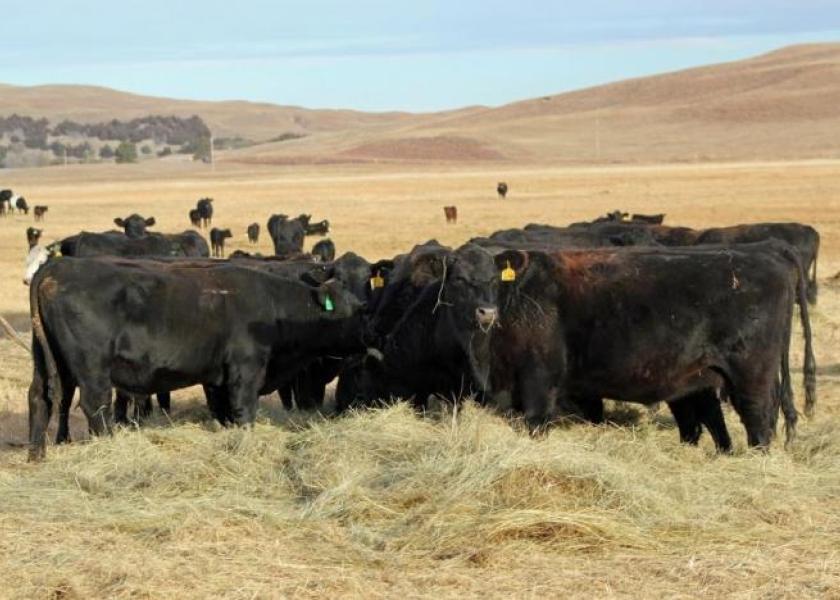John Nalivka: Branded Beef Programs And Knowing Your Costs

From the perspective of consumers, the U.S. livestock and meat industry has become increasingly supply-chain oriented. This may seem radical to many cattlemen, but it is also positive. It will drive the industry in what I believe will be a positive direction in the future.
Today’s consumer is not only increasingly vocal about the finished product they purchase, they now consider and link all activities in the supply chain. This includes from the cow-calf producer to the feedlot to the packer-processor to the supermarket or restaurant. Consumers now view their acceptance and willingness to purchase beef products from many perspectives including the sustainable use of resources, animal welfare and the use of antibiotics and hormones.
Ranchers can no longer consider their end product as calves or yearlings, with their role in the industry complete once those calves or yearlings are loaded on a truck and leave the ranch. That era has ended.
I have commented extensively over the past year about the importance of participating in branded beef programs and this year’s Idaho Cattlemen’s Association (ICA) Convention was no exception. While the motivation to participate is the premiums paid to producers for adherence to given protocol specific to the program, there is another benefit to ranchers – that is, specifically listening to and producing beef for the consumer who buys the program’s products.
In addition to the consumer, branded programs draw the rancher closer to the feedlot and the packer. The consumer or customer is the driver and is willing to pay a premium price for producing the product they desire. Imagine that!
However, there is more to boosting revenue than receiving premiums. You may set out to join a branded beef program with the mindset that the premium will significantly improve your bottom line, and it may. But, in addition to those high-quality calves you raise, there may be additional costs associated with program compliance.
As the beef industry moves toward a supply chain mindset, it will become increasingly important to know your costs - intimately. How do changes in your ranching business affect those costs? This isn’t simply a discussion about cutting costs – it’s knowing costs.
Even if you set out to reduce costs on your operation, you still must first know your cost of production and where you can feasibly make a difference. I often make the “tongue in cheek” comment that it is easy to cut costs on a ranch, quit feeding the cows and fire the hired help. As we all know, neither of those are either feasible. So, where can you reduce costs and affect net revenue – again affect net revenue not just reduce costs? This is typically not an easy task. It requires a total analysis of your operation and the associated financial structure.
I have had many discussions at meetings over the past year about cow-calf margins since I publish an estimate of that figure. Perhaps, my estimate would be more properly called an index. There are no average cow-calf margins as there are no average ranches. Each ranch has an individual set of circumstances that affect the economics of that ranch and thus, bottom line – net operating margin.
Building a solid financial picture of your ranching operation and putting beef production as the priority may not be an easy task, but it is necessary to managing a sustainable operation with the tools to assess future production and marketing opportunities. Have the ability to compare the financial impact of various operating and marketing options can make a world of difference in outcomes when you reduce the guesswork and the risk.
What are your costs to run a cow – direct and fixed? The next time the subject comes up, you should be able to confidently, not that you have to, say what that figure is on your ranch. Better yet, you will know how that branded beef program that you joined will impact your bottom line.
Related stories:







